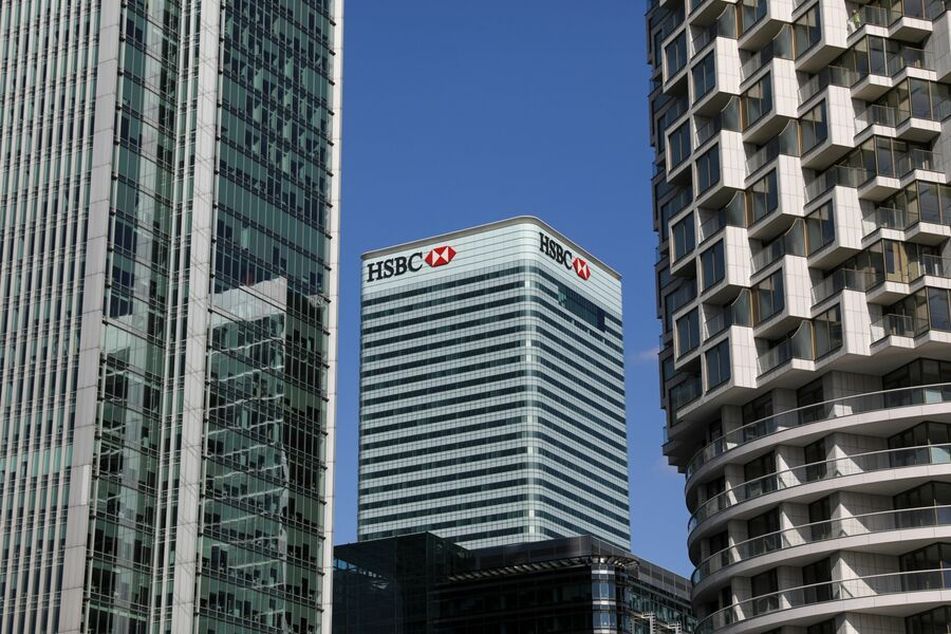HSBC commits to slashing carbon footprint in capital markets

The global banking group becomes one of the first to set targets.
HSBC Holdings Plc has become one of the first banks to set targets for limiting the carbon footprint of its capital markets business.
The bank’s so-called facilitated emissions targets will apply to its underwriting of deals for the oil and gas, as well as power and utilities sectors, according to its annual report published on Wednesday.
The calculation is new, and follows a recent industrywide agreement to disclose the emissions associated with banks’ capital markets operations. HSBC said it will include debt and equity capital markets as well as syndicated loans in the disclosure.
“We recognize that data, methodologies and standards for measuring emissions and for target setting will continue to evolve,” the London-based bank said on Wednesday in connection with the publication of its annual results.
Disclosure guidelines around facilitated emissions were introduced by the Partnership for Carbon Accounting Financials at the end of 2023. The PCAF accord asks banks to disclose 33% of greenhouse gas emissions associated with bond and equity underwriting. That’s in line with a proposal put forward by an eight-member working group chaired by Barclays Plc and Morgan Stanley, and of which HSBC was also a member.
HSBC’s facilitated emissions:
- The values total 17.5 Mt CO2e in 2021 and 14.4 Mt CO2e in 2022 for the oil and gas sector, and 398.3 tCO2e/GWh for 2021 and 377.6 tCO2e/GWh in 2022 for the power and utilities sector, according to the bank’s 2023 annual report.
- For facilitated emissions, HSBC tracks progress to target using a three-year average moving window (average of 2020, 2021 and 2022 for the 2022 progress number) and figures weighted at 33%. This means that transactions facilitated in 2028 and 2029 will still have an impact on the 2030 progress number and will need to be taken into consideration as the bank manages progress toward its target. HSBC aims to achieve its target in 2030.
- The bank has set a target to reduce absolute on-balance sheet financed emissions and facilitated emissions for its oil and gas portfolio by 34% by 2030 relative to a 2019 baseline.
- HSBC has set a target to reduce the financed emissions intensity of its on-balance sheet and facilitated power and utilities portfolio to 138 tCO2e/GWh by 2030. This target is unchanged with the inclusion of facilitated emissions.
Though banks have long been expected to publish the carbon footprint associated with their loans books, known as financed emissions, coming up with estimates for facilitated emissions has remained a divisive subject. That’s because corporate bond sales rarely remain on a bank’s balance sheet once they’re issued.
“As we are at the beginning of our journey to track and measure progress, we believe it would be premature to infer future trends from the 2019 to 2022 progress at this stage,” HSBC said.
Jeanne Martin, head of banking program at London-based climate nonprofit ShareAction, said a 100% target — instead of the 33% agreed by PCAF — would be better for the environment.
“This is a missed opportunity for the bank to show it is serious about its green credentials and meeting its own net zero goal,” Martin said in a statement. “The bank needs to set ambitious targets and stick to them to prevent catastrophic global warming that puts people and planet at risk.”
Learn more about reprints and licensing for this article.








